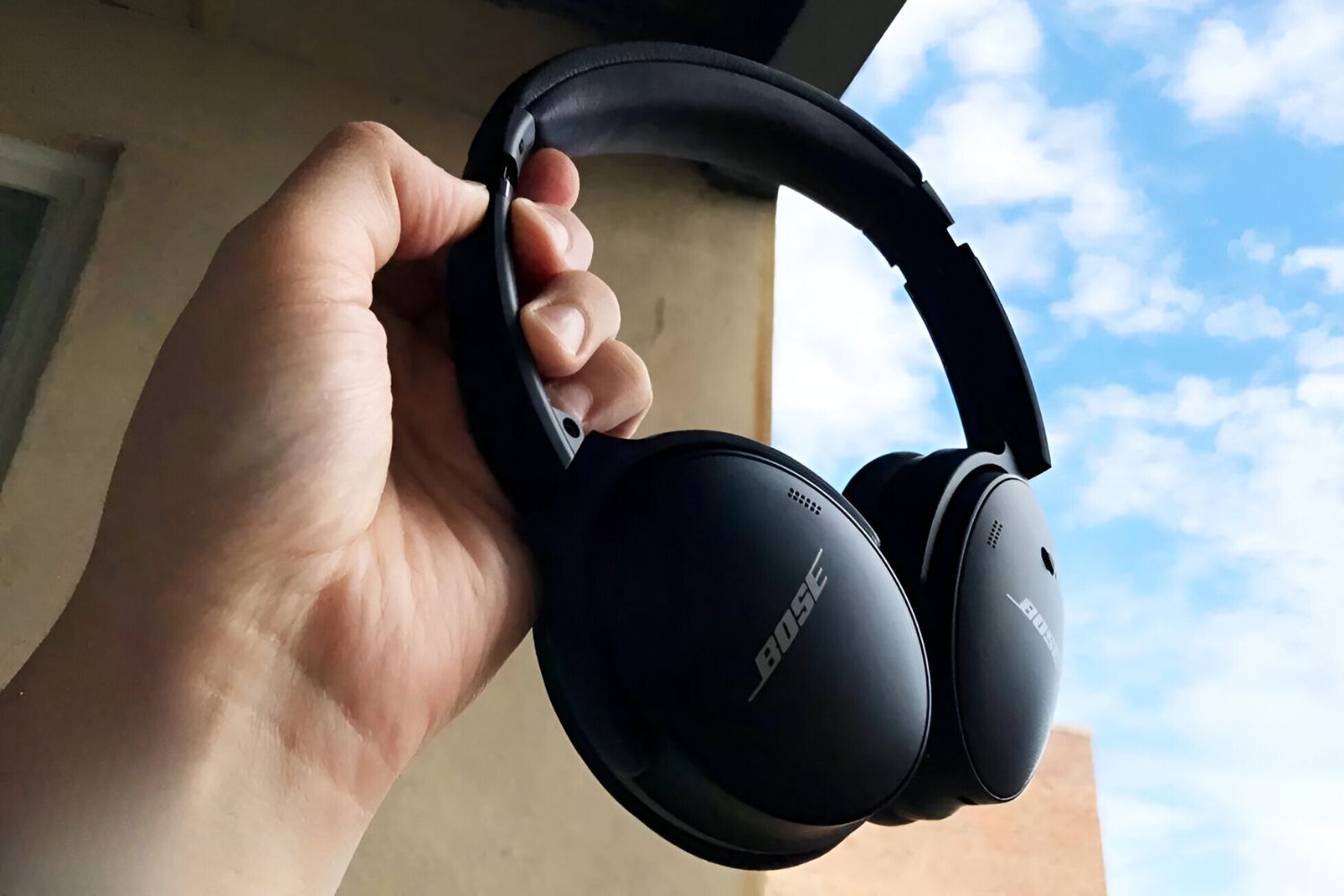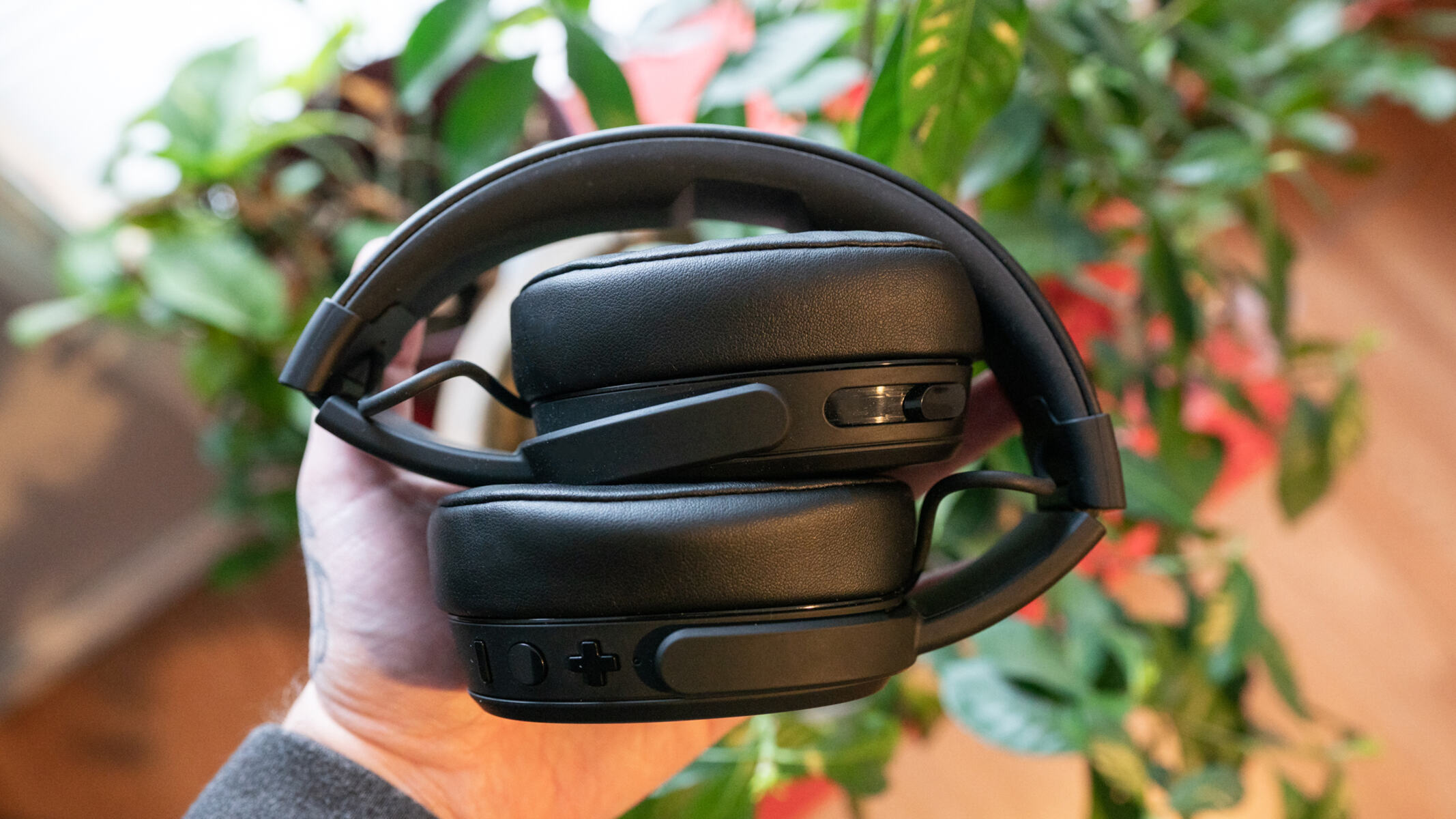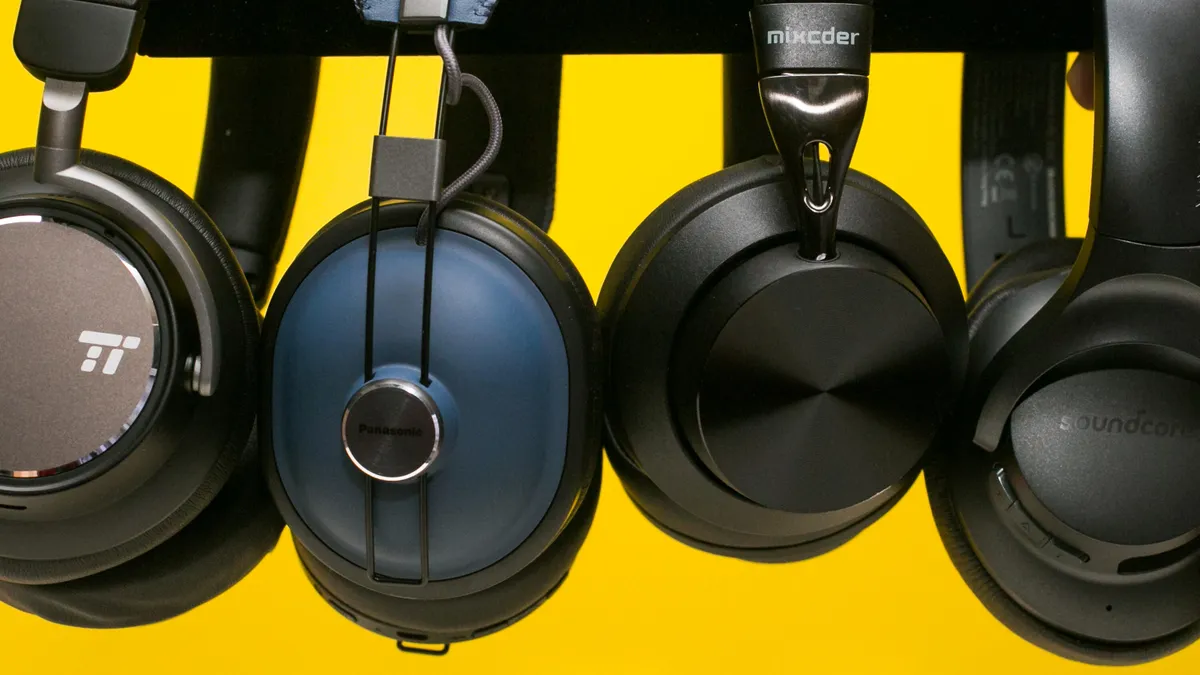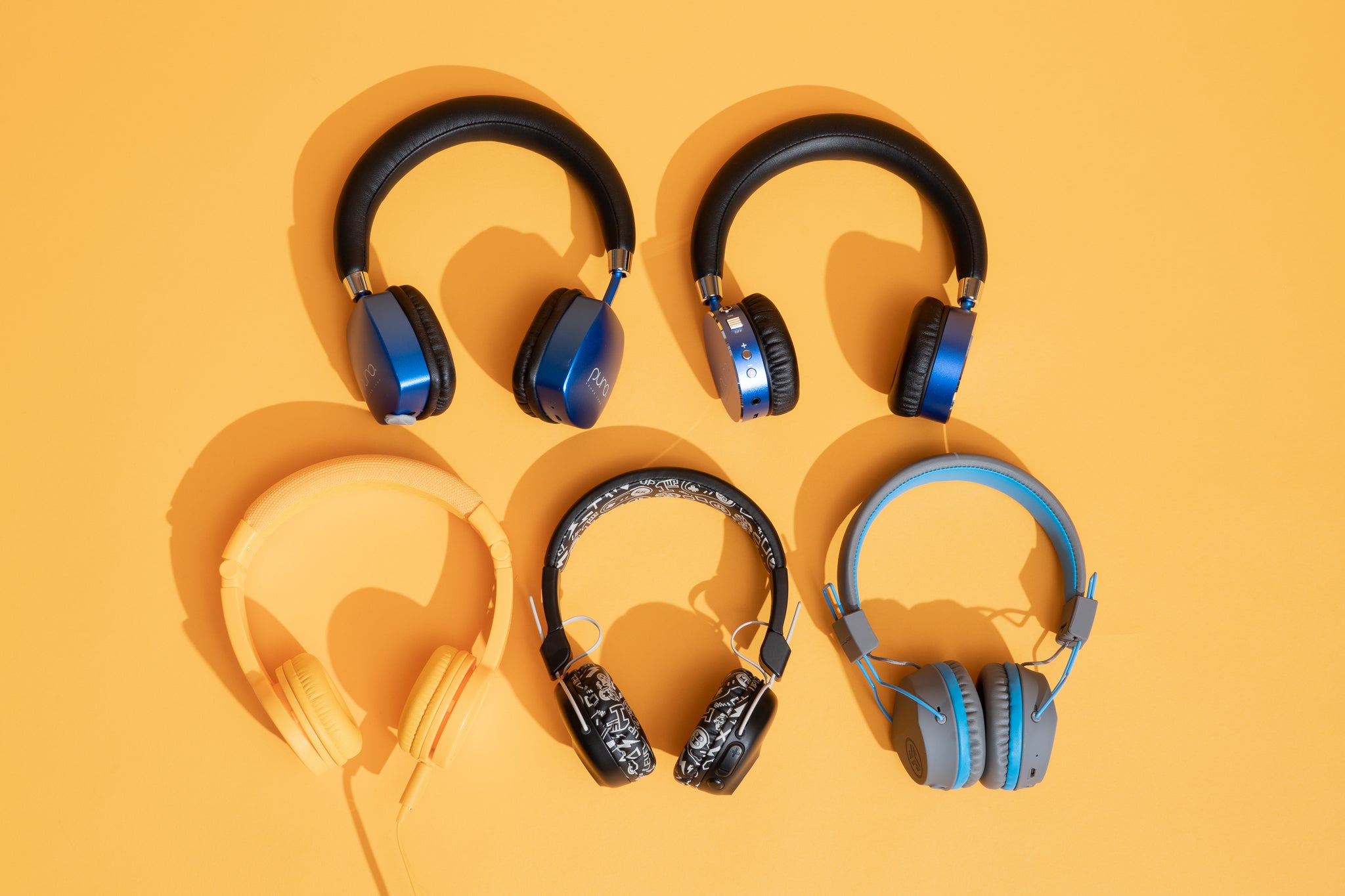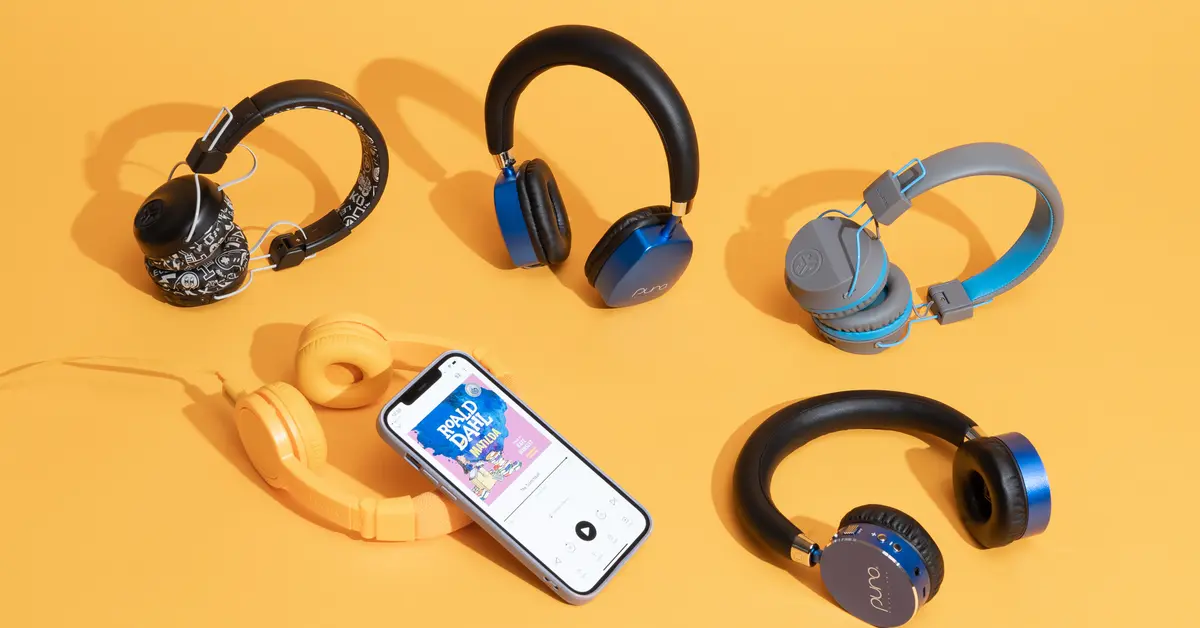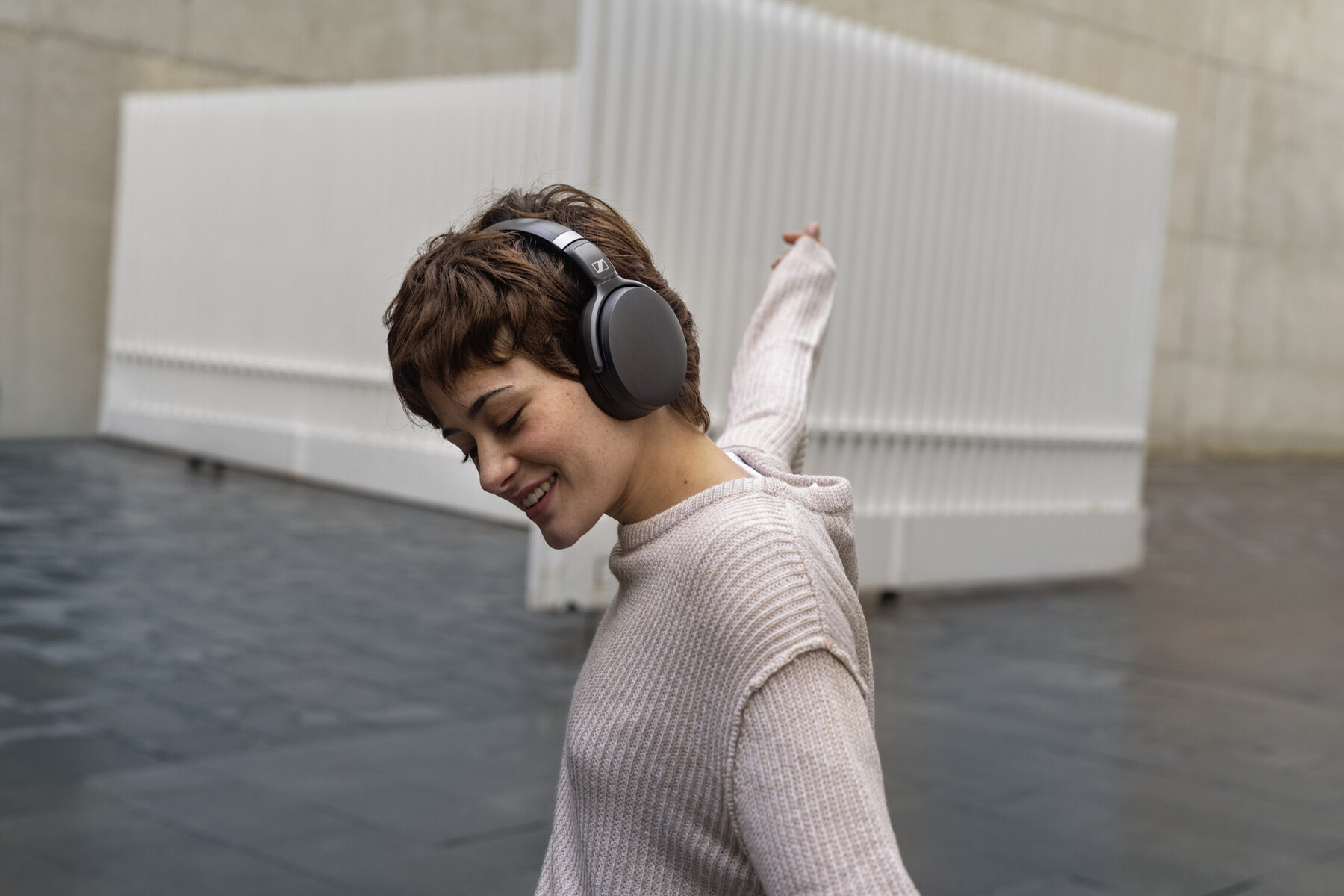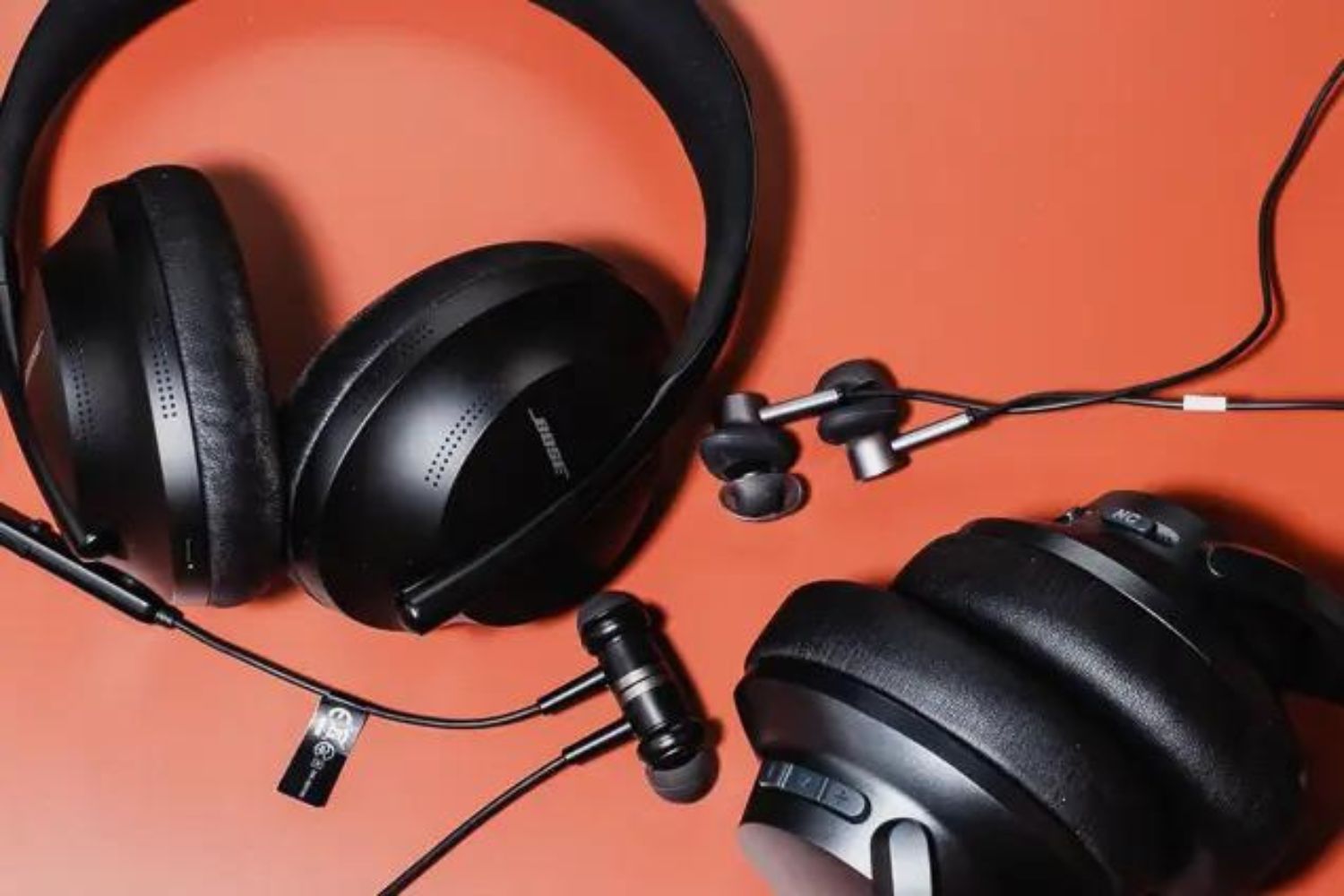Introduction
Are you considering investing in a pair of noise-cancelling headphones but unsure how to test them effectively? With the myriad of options available in the market, it's crucial to understand the key factors to consider when evaluating noise-cancelling headphones. This comprehensive guide will equip you with the knowledge and techniques to conduct thorough tests, ensuring that you make an informed decision when selecting the perfect pair for your needs.
Whether you're a frequent traveler seeking respite from ambient noise, a music enthusiast craving an immersive listening experience, or someone who simply values tranquility in a bustling environment, noise-cancelling headphones can be a game-changer. However, not all noise-cancelling headphones are created equal, and testing them properly is essential to determine their performance and suitability for your specific requirements.
In this guide, we will delve into the intricacies of noise-cancelling technology, explore the ideal test environment, and walk you through various tests to assess sound quality, noise-cancelling performance, comfort, fit, and battery life. By the end, you will be well-equipped to make an informed decision when evaluating and selecting noise-cancelling headphones that align with your preferences and lifestyle.
So, let's embark on this journey to unravel the nuances of testing noise-cancelling headphones, empowering you to make a confident and satisfying choice.
Understanding Noise Cancelling Technology
Noise-cancelling headphones employ sophisticated technology to diminish or eliminate ambient sounds, providing a serene auditory experience. Understanding the underlying principles of this technology is crucial for effectively testing and evaluating the performance of such headphones.
At the core of noise-cancelling headphones is the implementation of active noise control (ANC), a mechanism designed to counteract external sounds. This is accomplished through the use of microphones that capture ambient noise, followed by the generation of anti-noise signals by the headphones. These anti-noise signals are then mixed with the audio signal, effectively canceling out the unwanted noise and resulting in a quieter listening environment.
It’s important to note that noise-cancelling headphones are particularly adept at reducing low-frequency sounds, such as the hum of airplane engines, air conditioning units, or the rumble of trains. However, they may be less effective at attenuating higher frequency noises, such as human voices or sharp, sudden sounds.
When testing noise-cancelling headphones, it’s essential to consider the type and intensity of ambient noise in the environment. Evaluating how well the headphones mitigate specific frequencies and the overall reduction in ambient noise will provide valuable insights into their noise-cancelling capabilities.
Furthermore, advancements in noise-cancelling technology have led to the development of adaptive noise cancellation, which dynamically adjusts the level of noise cancellation based on the surrounding environment. This adaptive feature enhances the headphones’ ability to counteract varying noise levels, ensuring consistent performance across diverse settings.
By comprehending the intricacies of noise-cancelling technology, you’ll be better equipped to conduct comprehensive tests that assess the headphones’ effectiveness in mitigating ambient noise, ultimately guiding you towards a well-informed purchasing decision.
Test Environment
Creating an optimal test environment is essential for accurately evaluating the performance of noise-cancelling headphones. The test environment should encompass various settings that reflect real-world scenarios where these headphones are commonly used.
When conducting tests, consider environments with different ambient noise levels, such as bustling city streets, crowded public transportation, or the relative tranquility of a home or office. By exposing the headphones to diverse soundscapes, you can assess their ability to attenuate ambient noise across a spectrum of real-life situations, ensuring that the evaluation is comprehensive and reflective of practical usage.
Additionally, it’s important to evaluate the headphones in both stationary and mobile contexts. Assessing their performance while stationary provides insights into their efficacy in static environments, while testing them in motion, such as during a commute or while exercising, offers valuable data on their adaptability to dynamic surroundings.
Furthermore, varying the test environment allows for the assessment of the headphones’ adaptability to different frequencies of ambient noise. For instance, bustling urban environments may feature a blend of low-frequency hums and higher frequency chatter, providing a comprehensive test of the headphones’ noise-cancelling capabilities across the frequency spectrum.
When creating the test environment, consider the duration of the tests as well. Extended testing periods in different environments can reveal insights into the headphones’ long-term comfort, battery life, and sustained noise-cancelling performance, providing a holistic understanding of their suitability for prolonged use.
By meticulously curating the test environment to encompass a range of real-world scenarios, you can effectively gauge the noise-cancelling headphones’ performance, comfort, and adaptability, empowering you to make an informed decision based on comprehensive and practical evaluations.
Sound Quality Test
Assessing the sound quality of noise-cancelling headphones is a critical aspect of the evaluation process. Beyond their noise-cancelling capabilities, the headphones should deliver a rich and immersive audio experience that meets your discerning standards.
When conducting a sound quality test, it’s essential to evaluate the headphones across various genres of music, podcasts, and audio content. By exposing the headphones to diverse audio sources, you can ascertain their ability to reproduce different frequencies, tones, and nuances with clarity and fidelity.
Furthermore, pay close attention to the bass response, midrange clarity, and treble definition. A well-balanced sound profile that doesn’t compromise on any frequency range is indicative of high-quality audio reproduction. Additionally, assessing the soundstage and imaging capabilities can provide insights into the headphones’ ability to create a spacious and immersive listening experience.
During the sound quality test, consider the headphones’ performance at different volume levels. Evaluating their audio reproduction at varying volumes can reveal any distortion, muddiness, or loss of fidelity, ensuring that the headphones maintain exceptional sound quality across the entire volume spectrum.
Moreover, consider the presence of customizable sound profiles or equalizer settings, as these features allow for personalized audio tuning to suit individual preferences. The ability to tailor the sound signature to your liking can significantly enhance the overall listening experience, making it an important aspect to consider during the sound quality test.
Ultimately, the sound quality test should provide a comprehensive understanding of the headphones’ audio performance, ensuring that they deliver a captivating and immersive listening experience across a diverse range of content and usage scenarios.
Noise Cancelling Performance Test
Conducting a thorough noise cancelling performance test is crucial to gauge the effectiveness of noise-cancelling headphones in attenuating ambient sounds and creating a tranquil listening environment. This test focuses on evaluating the headphones’ ability to diminish external noise across various frequencies and in different environments.
When performing the noise cancelling performance test, start by exposing the headphones to common ambient noises, such as the hum of an air conditioner, the rumble of a vehicle engine, or the chatter of a bustling café. By subjecting the headphones to these real-world sounds, you can assess their capacity to suppress low-frequency droning and higher frequency distractions, providing valuable insights into their overall noise-cancelling capabilities.
Additionally, consider the headphones’ performance in mitigating intermittent or sudden noises, such as honking horns, door slams, or other abrupt sounds. Evaluating their response to these unpredictable noises is essential, as it reflects their ability to maintain a serene listening environment even in dynamic and unpredictable settings.
Furthermore, testing the headphones in varied environments, including quiet spaces and noisy surroundings, allows for a comprehensive assessment of their adaptability and efficacy in different acoustic settings. This multifaceted approach ensures that the noise cancelling performance test reflects real-world usage scenarios, providing a holistic understanding of the headphones’ capabilities.
It’s also important to consider the impact of music or audio playback on the noise cancelling performance. Assessing the headphones’ ability to maintain effective noise cancellation while delivering high-quality audio ensures that their noise-cancelling capabilities are not compromised during active listening, contributing to an uninterrupted and immersive auditory experience.
By meticulously evaluating the noise cancelling performance across diverse soundscapes and usage scenarios, you can make an informed assessment of the headphones’ ability to create a tranquil listening environment, free from disruptive ambient noise.
Comfort and Fit Test
Assessing the comfort and fit of noise-cancelling headphones is paramount, as prolonged usage should not compromise comfort or cause discomfort. The comfort and fit test focuses on evaluating the physical ergonomics, weight distribution, and overall wearability of the headphones to ensure a pleasant and fatigue-free listening experience.
When conducting the comfort and fit test, consider the materials used in the construction of the headphones, particularly the ear cups and headband padding. Soft, breathable materials that provide ample cushioning and distribute pressure evenly contribute to extended comfort during prolonged wear.
Furthermore, assess the adjustability and flexibility of the headband and ear cups. The ability to customize the fit to suit individual head sizes and shapes is essential for achieving a secure and comfortable seal, which is crucial for both optimal noise cancellation and long-term wearability.
Additionally, consider the weight and clamping force of the headphones. A balanced weight distribution and appropriate clamping force contribute to a secure yet comfortable fit, minimizing pressure points and ensuring that the headphones remain stable during movement without causing discomfort.
Evaluating the breathability of the ear pads is also important, particularly in warmer climates or during extended listening sessions. Adequate airflow and heat dissipation contribute to a cool and comfortable wearing experience, preventing excessive perspiration and discomfort.
During the comfort and fit test, consider the headphones’ suitability for extended use, such as during long flights, work sessions, or leisurely listening. Assessing their comfort over prolonged periods provides valuable insights into their suitability for extended wear, ensuring that they remain comfortable and unobtrusive throughout extended usage.
By meticulously evaluating the comfort and fit of noise-cancelling headphones, you can ascertain their suitability for prolonged wear, ensuring that they provide a comfortable and enjoyable listening experience without compromising on physical comfort.
Battery Life Test
Assessing the battery life of noise-cancelling headphones is crucial, as it directly impacts their usability and convenience. The battery life test focuses on evaluating the headphones’ endurance and power efficiency, providing insights into their longevity and suitability for extended usage without frequent recharging.
When conducting the battery life test, consider the manufacturer’s specified battery life and compare it with real-world usage scenarios. Assess the headphones’ performance over extended periods of continuous use, such as during long flights, commutes, or work sessions, to gauge their ability to maintain consistent battery endurance.
Furthermore, consider the impact of noise-cancelling activation on battery life. Testing the headphones with noise-cancelling features enabled provides insights into the power consumption during active noise cancellation, allowing for a comprehensive assessment of their efficiency in creating a serene listening environment without compromising battery longevity.
Additionally, evaluate the charging time and convenience of recharging the headphones. Quick-charging capabilities and extended battery life per charge cycle contribute to a seamless and uninterrupted listening experience, minimizing downtime and ensuring that the headphones remain readily available for use.
Assessing the impact of audio playback on battery life is also essential. Testing the headphones’ endurance during continuous audio playback at varying volume levels provides valuable data on their power efficiency during active usage, allowing for a comprehensive understanding of their battery performance in real-world listening scenarios.
Consider the impact of additional features, such as Bluetooth connectivity, on battery life. Assessing the headphones’ endurance during wireless usage provides insights into their overall power efficiency and the impact of wireless connectivity on battery longevity, ensuring that they remain reliable and convenient for wireless listening.
By meticulously evaluating the battery life and power efficiency of noise-cancelling headphones, you can make an informed assessment of their suitability for extended usage, ensuring that they provide consistent and reliable performance without frequent interruptions for recharging.
Conclusion
After conducting comprehensive tests to evaluate noise-cancelling headphones, it is evident that a thorough assessment of sound quality, noise cancelling performance, comfort and fit, and battery life is essential to make an informed purchasing decision. Understanding the intricacies of noise-cancelling technology and creating an optimal test environment are foundational steps in conducting effective evaluations.
The sound quality test revealed the headphones’ ability to deliver a captivating and immersive audio experience across diverse genres and volume levels. The noise cancelling performance test provided valuable insights into the headphones’ efficacy in mitigating ambient noise across various frequencies and environments, ensuring a tranquil listening environment free from disruptive sounds.
Assessing the comfort and fit of the headphones uncovered their suitability for extended wear, emphasizing the importance of ergonomic design, weight distribution, and breathability for prolonged comfort. The battery life test shed light on the headphones’ endurance and power efficiency, ensuring a seamless and uninterrupted listening experience without frequent recharging.
By integrating these tests into the evaluation process, consumers can make well-informed decisions when selecting noise-cancelling headphones that align with their preferences and lifestyle. The comprehensive understanding gained through these tests empowers individuals to invest in headphones that deliver exceptional sound quality, effective noise cancellation, enduring comfort, and reliable battery performance.
Ultimately, the meticulous evaluation of noise-cancelling headphones serves as a guiding framework for consumers, enabling them to make informed and confident choices when seeking an immersive and uninterrupted listening experience in diverse real-world settings.







